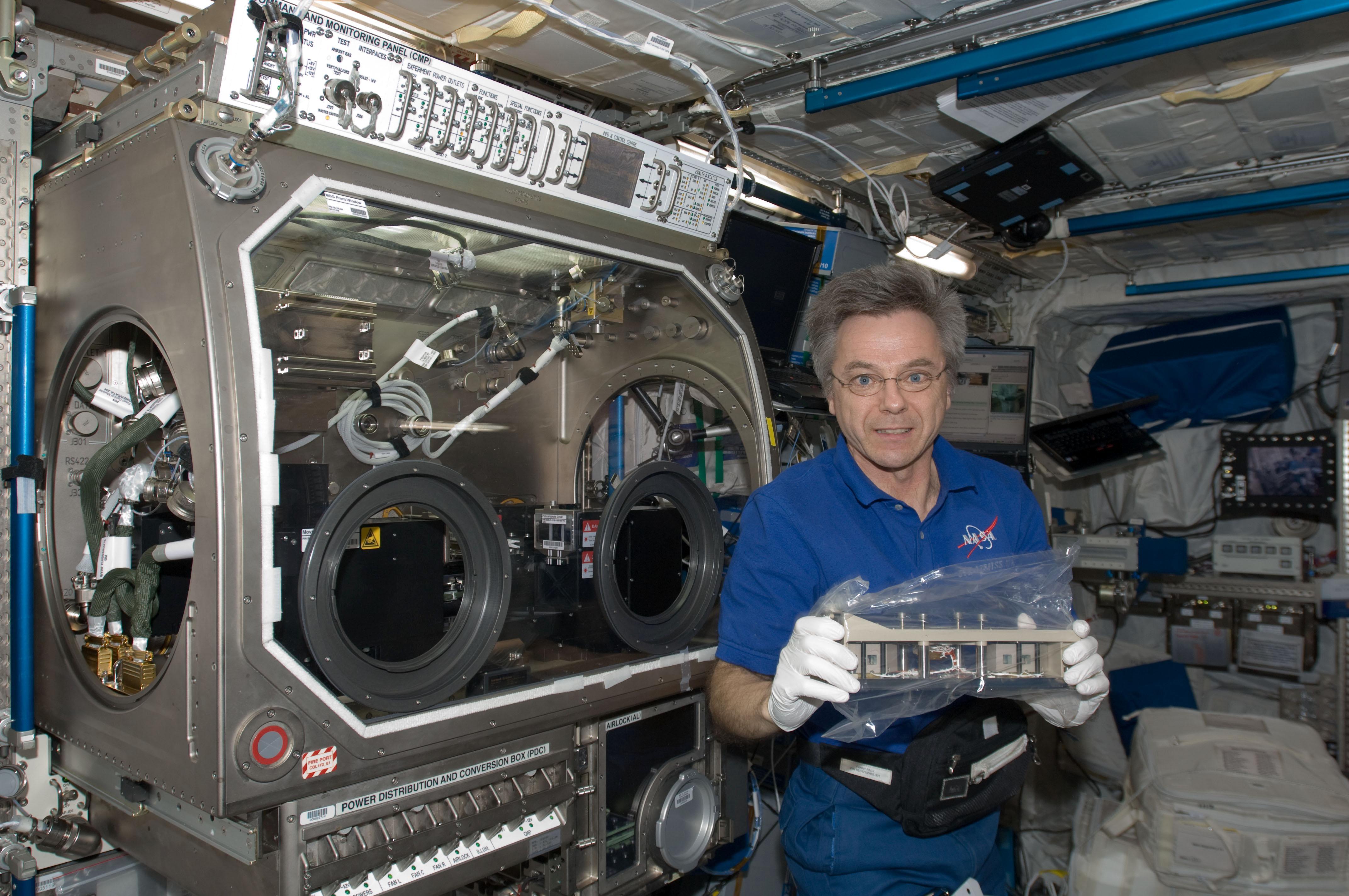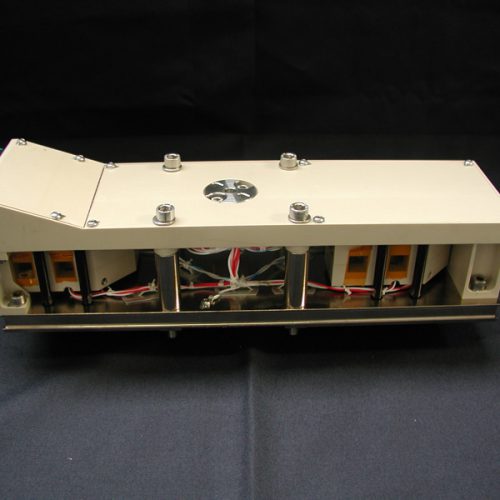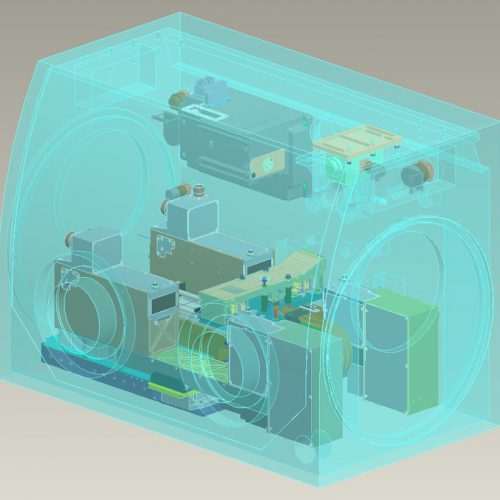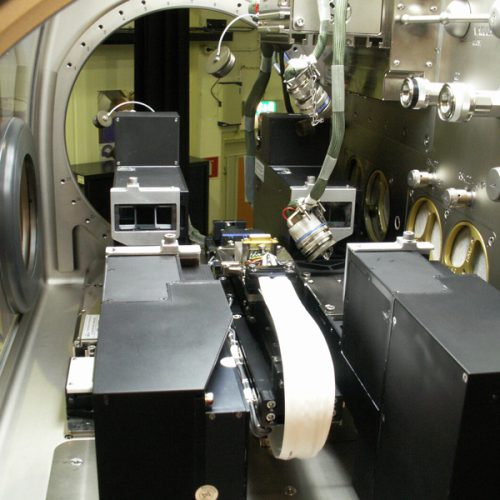SODI-IVIDIL
Selectable Optical Diagnostics Instrument (SODI) is an European Space Agency (ESA) research project performed in the Microgravity Science Glovebox (MSG), National Aeronautics and Space Administration (NASA) rack, in the ISS. The basic principle of SODI design is instrument to be accommodated in the MSG, where three different kind of SODI experiments can be performed: IVIDIL, DSC and COLLOID. To this end, SODI is equipped with various optical instruments, such as Mach-Zehnder Interferometer, Particle Image Velocimetry and Near Field Scattering which allow to study:
-
The diffusion phenomena and Soret effects in liquids (SODI and IVIDIL)
-
The influence of vibration stimuli on the diffusion phenomena and on Soret effects in liquids (IVIDIL).
-
The aggregation of colloidal solutions (COLLOID)
These three SODI experiments have their own dedicated cell arrays which are installed in SODI by the ISS crew.
Source: NASA
E-USOC, appointed as the Experiment Support Centre (ESC) of SODI, is in charge of preparing and executing the operations of these experiments what entails, among others, operations products development and update (e.g. crew procedures, experiment scripts, planning products), ground models operations (MSG EU and MEDU), support in the definition of the respective experiment plans, provide investigators with the resulting scientific data from the experiments execution and support their subsequent evaluation (e.g. data processing and analysis). In addition, E-USOC monitors, commands and coordinates SODI while operating in the ISS from its control room.
Experiment/Payload description
Space presents the benefit of the lack of gravity. However, this condition may be altered by residual gravity vibrations (also known as g-jitter). This can be caused by aspects such as aerodynamic forces, onboard equipment and, in the case of manned platforms, crew movements.
Although the overall forces caused by the above disturbances are usually relatively small (ranging from 10-2 to 10-6 times on-earth gravity), their effect may be relevant for long-lasting experiments such as the ones that involve the diffusion phenomena. Despite there are already several numerical codes to assess the effect of residual gravity and vibration, their reliability is difficult to assess due to the lack of experimental investigations.
Hence, the purpose of IVIDIL, executed between 2009 and 2010, was to measure the thermal and isothermal diffusion coefficients in binary systems subjected to controlled vibration under different values of amplitude and frequency. Thanks to this, IVIDIL could provide reference data for the validation and testing of numerical codes. IVIDIL was performed in two cell arrays, each composed of two cells: the primary cell, probed by MZI, and the companion cell, filled with tracer particles and probed by digital holography for PIV. During the experiment run, the temperature of the cells are controlled.
In summary, the goals of IVIDIL were:
- To investigate the impact of vibrations on the measured thermal and isothermal diffusion coefficient in a controlled way. The measurements will be repeated at different amplitude and frequency in order to validate the results.
- To validate the measurement technique to be used by petroleum industries or in an ISS application program at low residual gravity level.
- To verify the numerical modeling of the vibration impact on the diffusion processes in the range 0.05-2.8 Hz.






